Editor’s note: Updated February 2020.
If a video gets posted but no one sees it, does it really exist?
Philosophical questions aside, a video’s distribution strategy (i.e., where exactly it appears online and in search engine results, and in front of which audiences) is just as crucial as its actual content and production values.
There are no video views, monetization, or increased brand awareness without effective video distribution.
Of course, the internet is a big place – a vast series of tubes, as someone once weirdly described it – and so you have seemingly endless options for showing off your work. It’s not the old Hollywood studio system or even modern-day Netflix, with multiple gatekeepers and tastemakers to pass through first.
But the sheer number of possibilities means it can feel overwhelming to find the best ones:
- Should you post them to YouTube, Facebook and other social media?
- What about embedding them on your own site, or putting them in ads?
- Emails can also be great vehicles for video – should your next newsletter include one?
Ultimately, the right approach to video distribution will hinge on what types of videos you’re creating, who you’re trying to reach and the overall shape of your content marketing strategy.
A video that no one sees might technically exist, yes, but it doesn’t do you any good. So let’s walk through what you need to know about making video distribution work.
13 video distribution channels for marketers:
Why – and how – to create a video distribution strategy
Video pays dividends.
The subscription service retailer Birchbox found that simply having product-related videos on its site increased the chances of someone making a purchase by 40%. When a potential buyer watched one of those videos, the odd increased another 24%!
And these numbers might, if anything, undersell how effective video can be within the marketing funnel.
That’s because the audiences for major video distribution channels such as social media platforms and email newsletters occupy lucrative demographics like 18-49 year-olds with relatively high disposable income. YouTube alone reaches more 18-49ers than any cable or broadcast network.
But video distribution entails more than just uploading your latest interviews, explainers and how-to’s to YouTube. You’ll probably want to start with your own website’s landing pages and other channels (such as email) that you fully control. That way, you can build out an organized internal video library on your own terms, establish your site’s SEO, and create content that can be easily repurposed and recycled.
A video library is a self-managed hub of all of your video clips and brand images, which you can organize by vertical, type, tags and more while also managing access and permissions. You can create one using a specialized platform like Panopto, or simply store everything on a hard drive and share and distribute internally (e.g., via FTP server) as needed.
This explainer video from Panopto is a good example of both what managing a video library looks like, and how to demo a complex workflow in a natively embedded video with easy controls and closed captions.
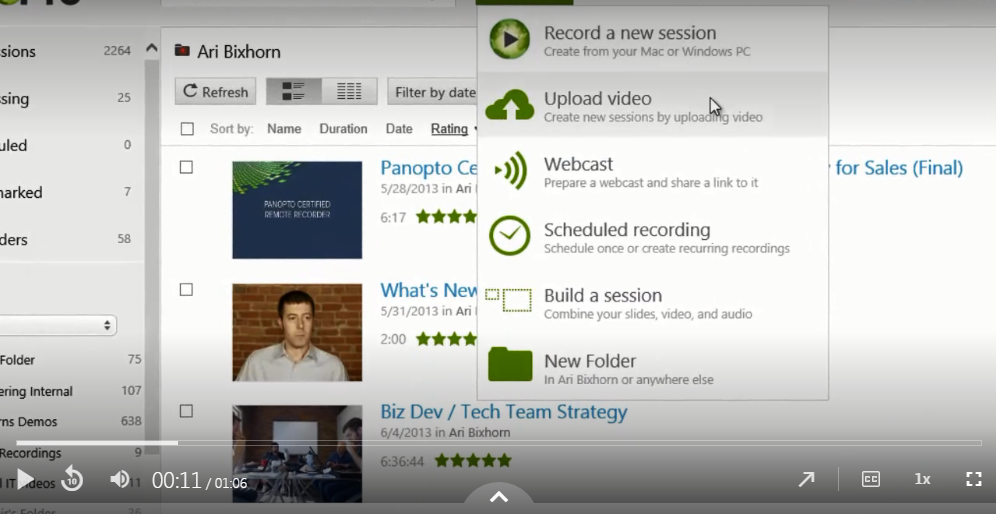
A video library can serve as a strong basis for all of your cross-channel video distribution efforts – basically a go-to video source. With it in place, you’ve got what you need to begin planting the seeds of improved SEO, content marketing and video distribution.
It’s usually prudent to focus on video distribution on your organic channels first, so that your efforts on social media and in paid advertising yield the biggest rewards. You also don’t want to cannibalize your own SEO by sending all those precious video views to YouTube.
However, you might need a slightly different approach depending on where your initial audience is located. YouTube is indeed a common starting point for video distribution efforts, since accumulating videos there makes it very easy to subsequently embed them elsewhere.
Let’s go through the major channels, starting with the organic (and paid) ones that almost everyone will want to at least consider in their video distribution strategies.
Organic and paid channels for video distribution
These channels are the ones under your direct control. Video viewers will reach them typically through web searches, links or simple brand awareness – except in the case of paid channels (e.g., video advertising), where the ad strategy will dictate where they appear, and how.
Company website
Incorporating video across your site isn’t just good for people who prefer watching to reading – it’s also great for SEO.
For starters, embedded video boosts page dwell time, which is a key criterion in search engine page ranking algorithms. In turn, the page will become more visible in Search Engine Results Pages (SERPs), leading to more video views and perpetuating a virtuous viewing cycle. Eight in 10 marketers believe video helps with dwell time.
This example from CRM software vendor AllClients shows how simple website video distribution can draw in viewers and contribute to better overall SEO and content marketing. It explains a super-complex subject in just three minutes and automatically goes into lightbox mode when clicked/tapped for easier viewing.
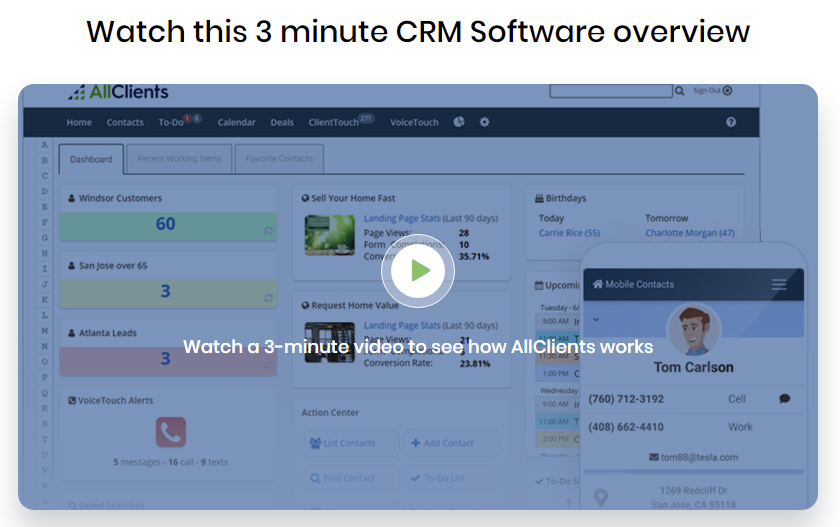
Embedded video can, of course, be cross-posted to YouTube, and many sites follow this strategy to create consistency and further refine SEO. They also use keywords in the video’s title to surface it in SERPs. The Google search results for “Nespresso,” for instance bring up the brand’s how-to videos, with “how to” and “directions” in their titles, for its espresso machines.
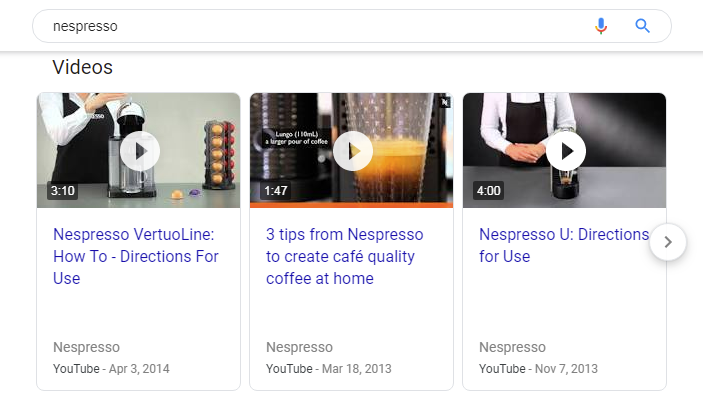
Some of these same clips exist on Nespresso.com, too, and are set to go full-screen for a really immersive viewing experience.
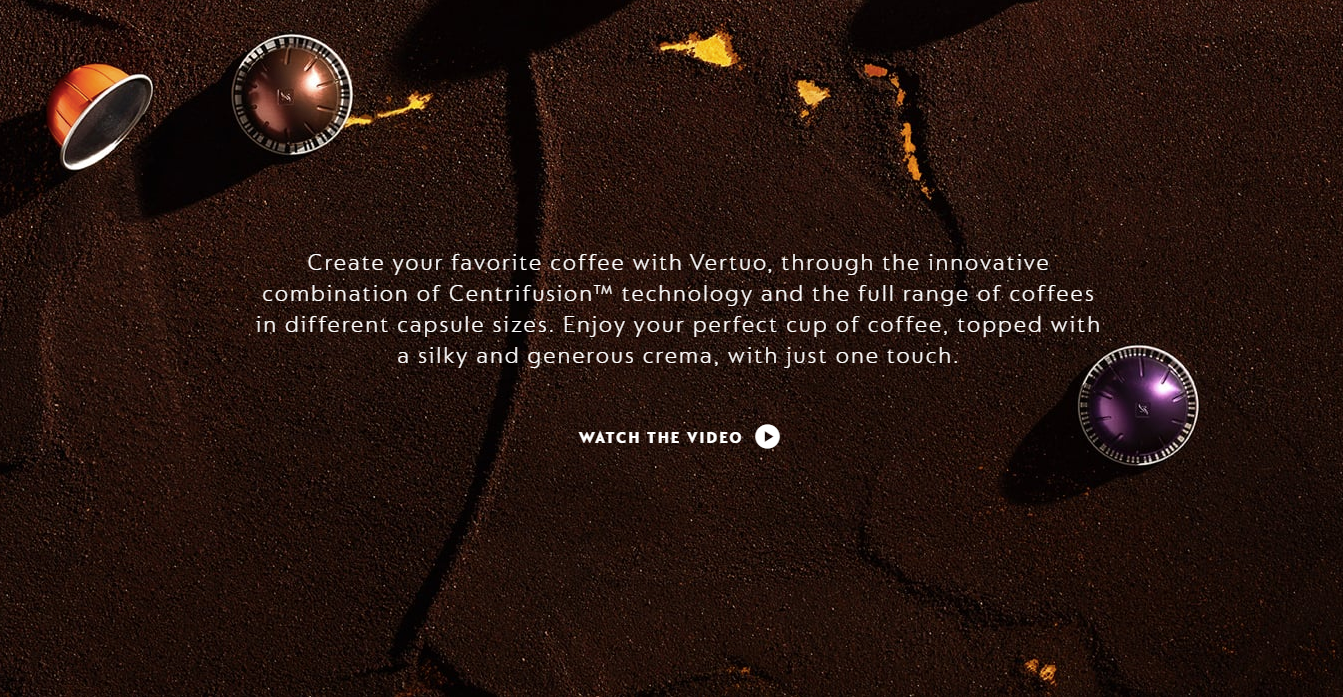
Both of these examples are on specific product pages, but embedded video can live anywhere on your site, including on the homepage, in the “About Us” section, or in FAQs and knowledge bases.
Email marketing
When you think of email, you probably think of text, or of imagery like GIFs and screenshots that make that textual message more visually striking.
But video has become an important fixture of email content marketing, too, in part because it’s so effective at boosting engagement.
For starters, simply adding the word “video” to an email subject line can:
- Boost open rates by 19%.
- Increase clickthrough rates by 65%.
- Reduce unsubscribe rates by 26%.
Those metrics are closely monitored in the email marketing world, and such substantial improvement in them can unsurprisingly translate into big rises in revenue and brand awareness. Indeed, via email you can reach a broad audience, such as all of the subscribers to your newsletter, and reliably get them to click through to a video hosted either on your site or on a social media platform.
Video emails don’t even have to be all that elaborate to work. Take this simple reminder from DrawNames, a gift exchange service.


It has “Video:” in the subject line and then cuts to the chase pretty quickly with instructions to view the video via the embedded link.
This one, from a university, takes a similar approach, but uses an animated GIF for the video preview, making it all that more enticing to click or tap on. Using a vibrant thumbnail, especially an entertaining looping GIF, is a reliable best practice for video distribution in email.
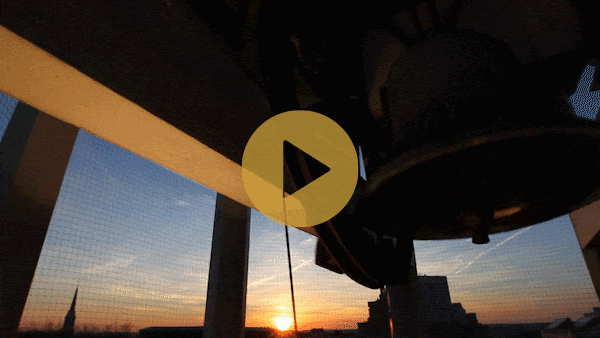
Types of emails that often incorporate videos include:
- Newsletters.
- Tips, updates and reminders.
- Nurture campaigns.
- Seasonal greetings.
In all cases, consider setting up autoplay on the landing page that the video link leads to so that the viewer can save a few clicks/taps. And use a marketing automation platform to track all the metrics we mentioned earlier to see if the strategy is actually working.
The clips you’re linking to can be anywhere from 30 seconds to 30 minutes, depending on where the audience is in the marketing funnel (generally shorter videos for top of funnel, longer for middle or bottom of funnel). You’ll also want to optimize the landing pages they live on for the best viewing experience and dwell time.
Landing pages
Speaking of which, landing pages are the backbone of any SEO and content marketing strategy, and of particular importance to video.
Note that in many instances, the “landing page” for a video link (e.g., in an email) or search query is actually YouTube, so in that case you don’t have to do as much optimization work (although we will cover some best practices for that in the YouTube section later).
But if you’re using your own site for landing pages, be sure to follow these tips:
- Keep the video above the fold if possible, so that it’s visible right away. This isn’t a must-do, but it’s good for smaller screens like those on phones and tablets.
- Pick an interesting thumbnail that gives the viewer an idea of what they’re going to see. No one likes to click a link only to watch something they weren’t expecting.
- Enable autoplay for videos linked to from emails to reduce the number of hoops that the would-be viewer has to jump through.
- Think about enabling lightbox mode on your site so that the video is larger and provides a focused viewing experience.
- Include a call to action near the end of your video.
- Provide closed captioning so it’s easier to follow.
That said, there’s no one right way to make a video landing page, as these divergent examples (all of which are good!) show.
This one from Slack, which is a landing page from a Google ad for “team chat,” uses a great thumbnail (someone at her laptop), a simple tagline (“Discover a better way of working”) and an easy way to engage (users can click either the “Watch the Video” text or the purple play button to the left). The video itself is only 2:33.

A similar approach can be seen in this page from Barracuda Backup, which uses the familiar “Watch Video” button, next to others for trying or customizing the product. Like the Slack one, it’s also cross-posted to YouTube.
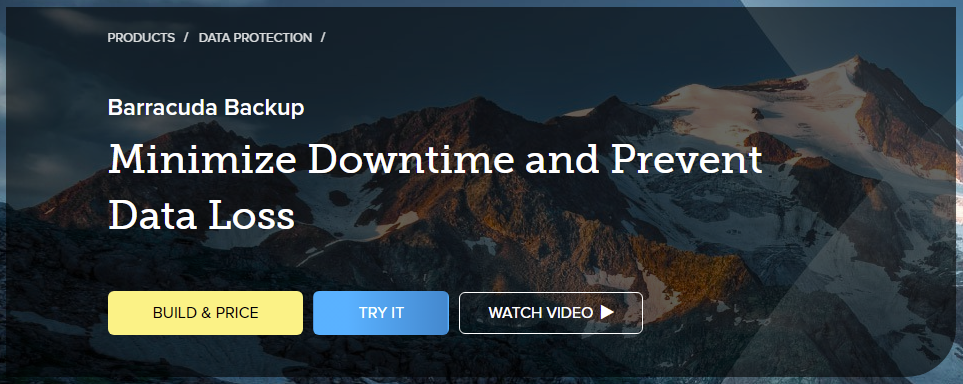
Finally, this one from Salesforce is a bit different. It’s relatively small on the page and is hosted natively. The page layout also allows the eye to naturally be drawn to the calls to actions at the right.
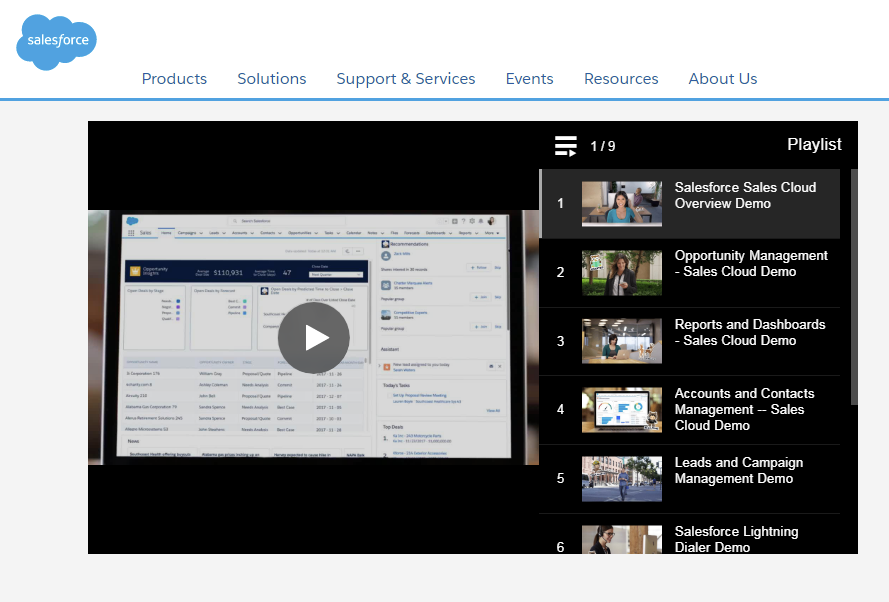
Blog Posts
Blog posts benefit from the regular or even occasional inclusion of embedded videos. Video content breaks up text and can provide unique benefits in terms of showing off a product or service.
Adding a video to a blog is pretty straightforward, especially if you have cross-posted the video to a social media platform – in which case you can use the HTML code to add it almost anywhere on the page. This example from tech blog Six Colors is simple but instructive. It features some explanatory text, followed by an embedded YouTube video that includes an in-depth demo and annotations.
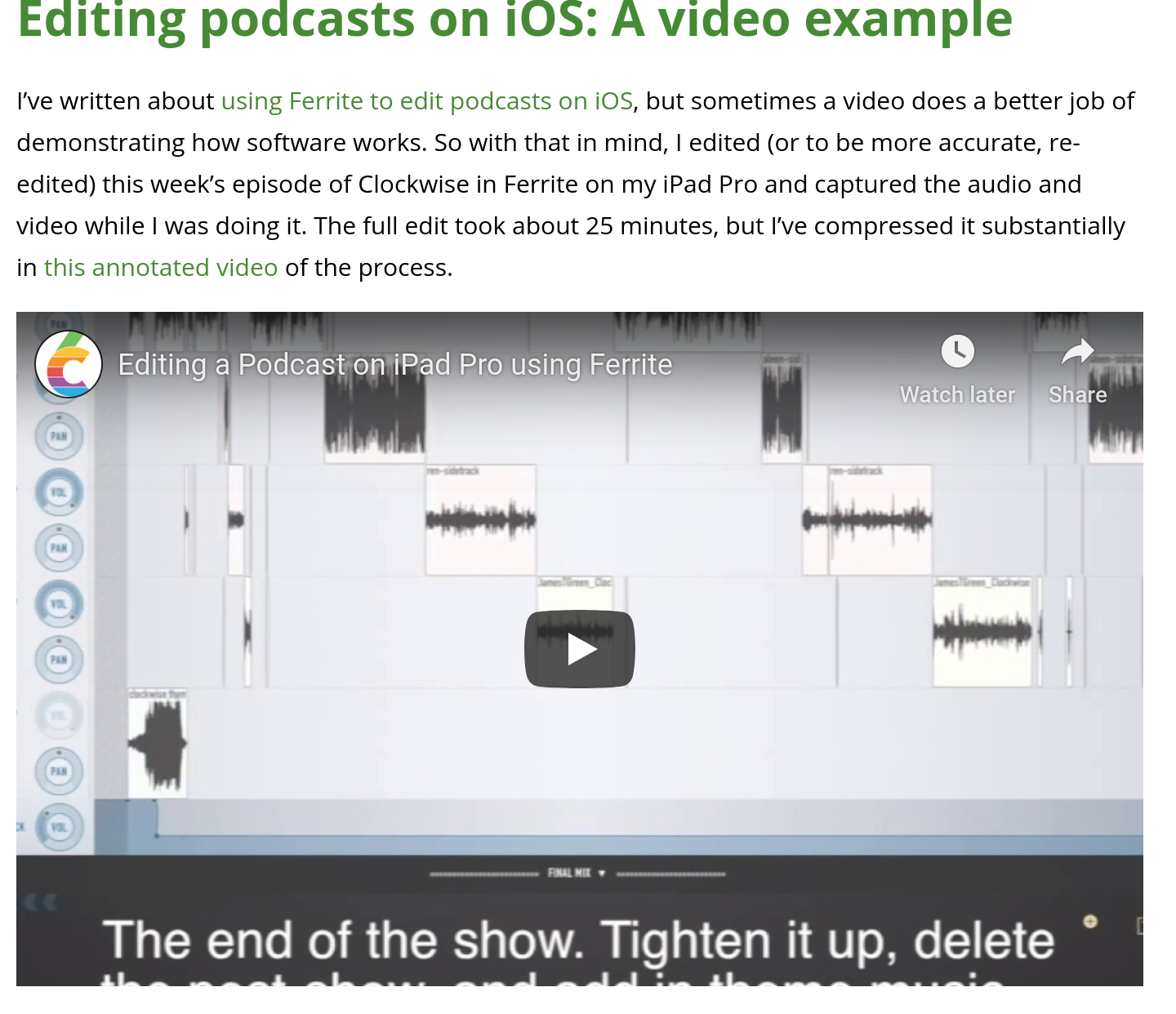
Other opportunities for video distribution through your own channels include webinars and podcasts. A full dive into either of these complex types of media is beyond our scope here, but we’ll provide a quick example.
Webinars
Most webinars can be hosted or embedded directly on your site. Such webinars are known as “on-demand” webinars because they don’t require live participation. Enterprise software company Trello shows how a bunch of on-demand webinars can be neatly organized into a repository.

Unlike other types of embedded video, webinars are typically gated. The point is to make users register and provide valuable data such as their email addresses. You can then use this information for additional content marketing campaigns. Webinar videos also run relatively long since they’re typically meant to tackle a topic in depth.
Podcasts
Podcasts are simple to distribute, as they can be sent via standard RSS feed to platforms like Apple Podcasts and Overcast. Similar to webinars, podcast videos tend to be longer, sometimes an hour or more. This one from TED Talks is pretty straightforward.
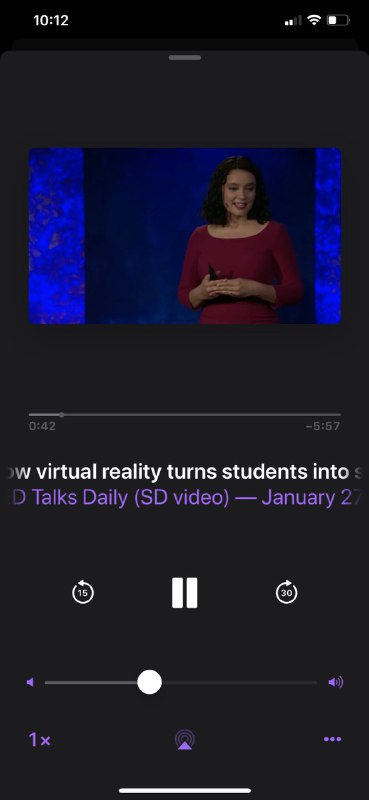
Most podcasts are listened to or viewed on the go, and in apps built primarily for audio. These podcast apps (or podcatchers) also have varied functionality, meaning your video might look and be controlled differently from app to app. Keep that in mind when posting your video podcasts.
Video ads
Video ads – you’ve probably heard of them, and seen more than your fair share of such spots, whether in YouTube pre-roll or embedded on high-traffic sites. We’ll keep this short, in part because we’ve gone into digital ads at length elsewhere, but here’s a typical example of a video distributed via pre-roll ad on the popular politics website The Hill. Note the clear call to action.

Video ads can be costly, since the fee for placing them is in addition to their production costs. But they can also yield high ROI. Animoto has estimated that 96% of marketers have spent ad dollars on video, and the spend often means a video gets in front of thousands or even millions of viewers.
Social media channels for video distribution
Social media platforms are teeming with videos of all kinds, from product reviews on YouTube to livestreamed game playing on Twitch. Posting video to social media is one of the most reliable ways to garner views, grow your audience, and – crucially – simplify the process of recycling and redistributing content across multiple channels. More specifically, services like YouTube and Twitter make it straightforward to take a video created on them and embed it on your own site or in an email.
YouTube
We’ve already talked about YouTube before even beginning this section, and for good reason – it’s the 800-pound gorilla of internet video.
YouTube is virtually the default destination for many in-email video links and by far the most common embed service for videos. Manually embedding a video from YouTube, even one you didn’t create, just requires using the share buttons, as shown in the annotated screenshots below (YouTube desktop version).

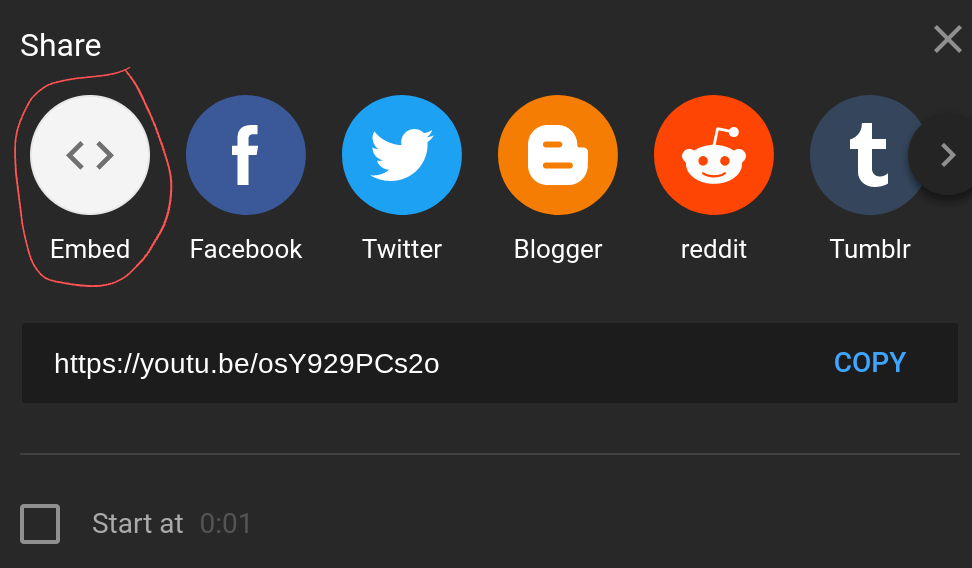
Best practices for YouTube video distribution
- Pick a thumbnail that provides a clear sense of what the video will cover.
- If posting the same video on your own site, use a different title and description on YouTube so you don’t cannibalize your organic SEO and video views.
- Use varied lengths and feel free to go long – average video playing times ranged from six minutes (for music) to 24 minutes (for gaming) as of late 2018.
Instagram didn’t have video when it launched in 2010, but it has since become one of the most active video platforms. In fact, 40% of Instagram accounts use the video-heavy Stories feature on a daily basis. Instagram also supports regular video posts, video ads and live video broadcasts.
This video from Free People shows off a few standard practices for Instagram video: a short length, rapid-fire edit, and a caption that includes a call to action to check the all-important link in the bio.
Best practices for Instagram video distribution
- Don’t include important audio at the start of the video, since videos autoplay on mute by default.
- Include a descriptive caption, even if it ends up being very long.
- Take advantage of Instagram’s built-in metrics reporting to see how videos are doing.
As one of the world’s largest general-purpose social networks, Facebook hosts a lot of videos. On paper, it presents an opportunity for marketers that rivals YouTube, although it’s particularly algorithmic structure means that organic discovery can be more difficult.
This video collection from video game specialty retailer Limited Run Games is well-curated, with clips of different lengths, professional use of branded imagery/logos, informative titles and engaging thumbnails.
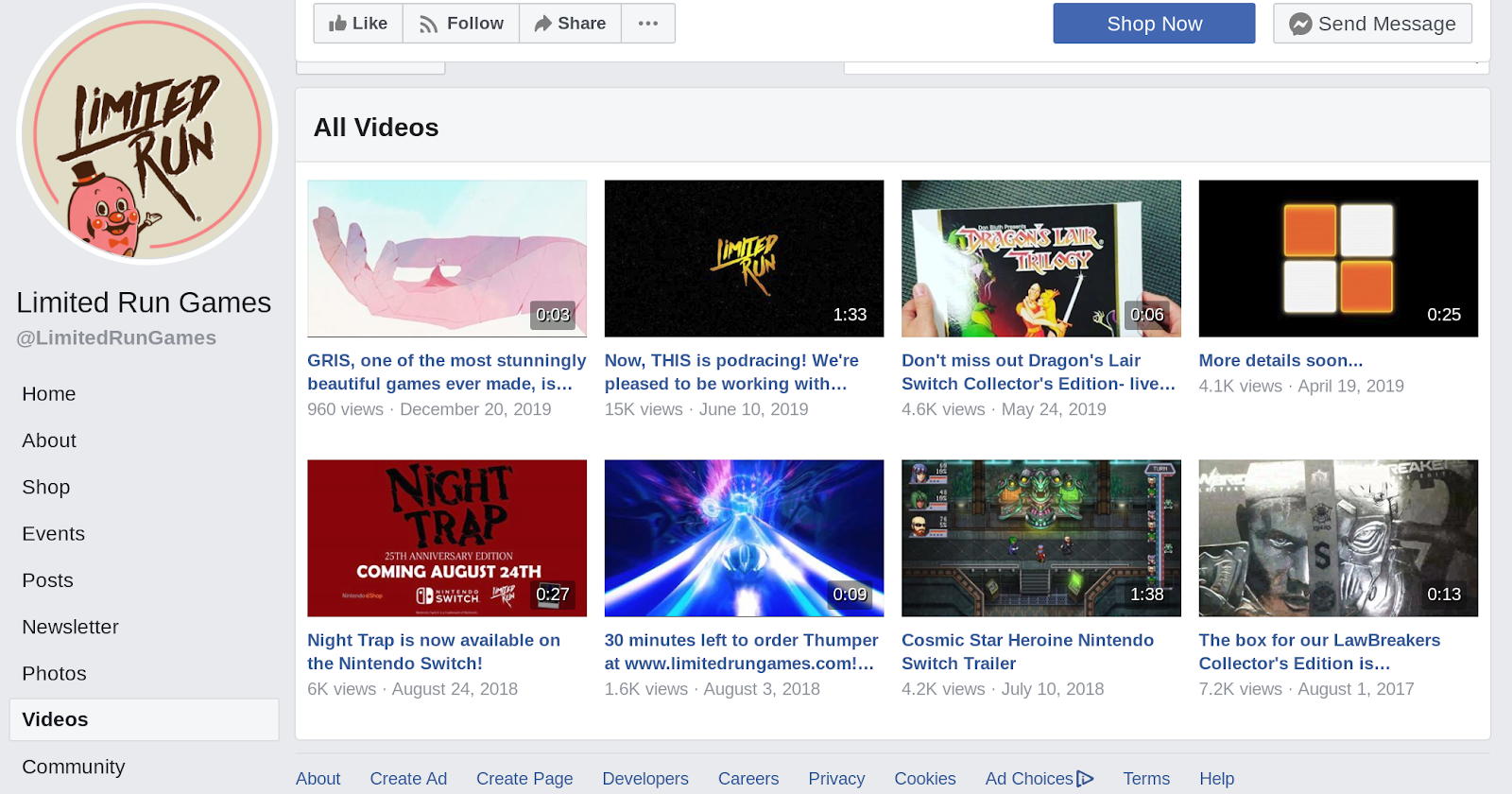
Best practices for Facebook video distribution
- Almost all Facebook video is viewed on mobile, so be sure to optimize the video and its content for smaller screens.
- Consider running a video ad to overcome Facebook’s low organic reach.
- Assume the sound is off and instead focus on visuals and text/captions as well.
Video is by far the most shared type of content on LinkedIn. The professional-focused social network also makes it pretty easy to record and post video using its mobile app. Like Instagram, there’s an option for live broadcasting, too.
When distributing your video via LinkedIn, bear in mind that the platform’s users are usually looking for content relevant to their jobs or industry. Product announcements, tips and tricks, and guided tours can all do well on LinkedIn. This example from Lego is well-done, with a tight 3:03 running time, interesting soundtrack and adept use of hashtags.
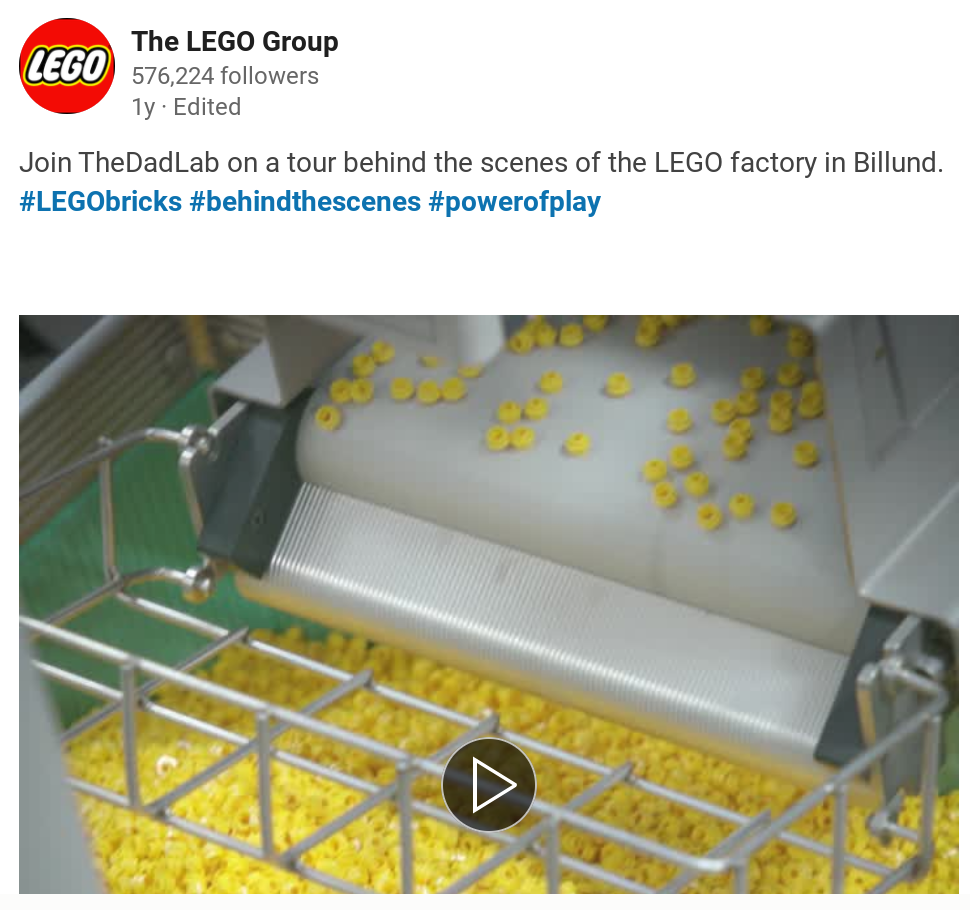
Best practices for LinkedIn video distribution
- Keep it short, as LinkedIn itself has reported that short clips (as brief as 0:15) do the best.
- Use LinkedIn native video or a video ad instead of an embed from YouTube.
- Include captions and clear descriptions with hashtags.
Twitter is smaller than the other social networks covered here, but its size shouldn’t be mistaken for irrelevance. A lot of news breaks on Twitter first, plus the site’s core users are highly influential.
The tight constraints and rapid pace of Twitter mean that any video on it needs to be short and able to grab viewers’ attention even amid a bevy of other activity on the platform. This example from Dyson capitalized on the Twitter format, with a super-short length, fun animation and seamless segue into a product photo.
As the year of the rat unfolds, give the gift of powerful home cleaning with Dyson. #dyson #lunarnewyear #新年快樂 #恭喜發財 pic.twitter.com/HQUj1OvbYf
— Dyson (@Dyson) January 24, 2020
Best practices for Twitter video distribution
- Use a short clip to tease a longer asset somewhere else, like YouTube.
- Make it brief and visually striking.
- Ask users to provide feedback in the replies.
Twitch
This livestreaming platform broke through as a way for video game players to broadcast themselves. While that’s still its most famous use case, it’s also a useful venue for demos of any kind (e.g., how to fix a car, how to put on makeup, etc.).
Similar to YouTube, Twitch streams can be embedded, like in the example below. However, live viewing is the site’s bread and butter, as the real-time chat and viewing are central to its appeal.
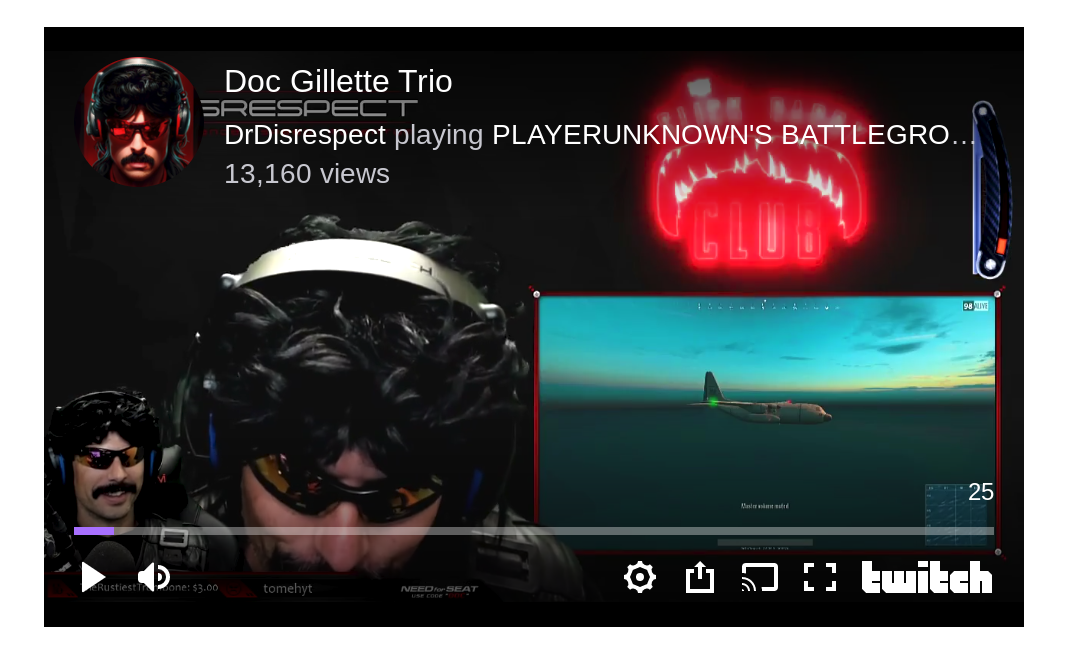
Best Twitch video distribution practices
- Consider partnering with a major influencer (i.e., influencer marketing), like Gilette did with the gamer above.
- Stream on a consistent schedule, when your target audience is most likely to be online.
- Use embeds as needed, a la YouTube.
Video distribution is the whole ball game
Even the best production means nothing if there’s no distribution strategy. Choose your platforms wisely and explore organic and paid options for reaching your audiences. Pay attention to metrics such as total views, click-through rates (for emails), and conversions, among others, to track your performance and ensure that your video efforts are paying off.





